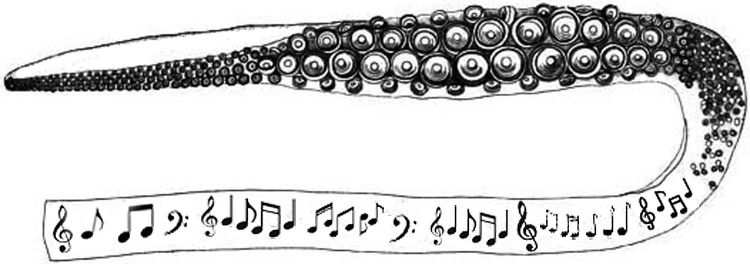Last week I had the good
fortune to attend Sydney Youth Orchestra’s third and final concert of the year,
entitled The Masterworks, in Sydney Town Hall. As with the last concert, it was
opened by the SYO Philharmonic presenting an overture by Wagner, this time the
Rienzi. This was followed by Dvorak’s Cello Concerto in B minor and Brahms’
Fourth Symphony.
On the face of things,
the Rienzi Overture is a curious choice for a concert called The Masterworks, as
it comes from an early opera that is much less thought of than Wagner’s ‘masterpieces’.
However, it is an impressive piece of work and bears all the traits that, to my
mind, are characteristically Wagnerian. My own knowledge of the overture is
interesting to note here too. In my late teens I bought many classical CDs sold
in those wire bins department stores have for discount CDs and the like,
including two collections of works by Wagner, who I then held as a favourite
(blame Bugs Bunny and Elmer Fudd). I expected to have some overlap, probably
from the Ring Cycle or Tannhäuser, but no, the only piece on both albums was
the Rienzi Overture. So, even if the opera itself doesn’t do as well as Wagner’s
later works, the overture remains a popular one for orchestras, and in the SYO
Phil’s hands it was easy to see why.
Wagner is known for
his use of themes, and for being grandiose, and the Rienzi Overture, in that
sense, is very Wagnerian. The thing to remember is, for the grand moments to
work, they must be balanced with sufficient pathos in between, and in those moments
I think Wagner produced some of his best themes and thematic presentations.
Working them in performance puts an orchestra to its limits, it must rise in subliminal
glory, then sink back to gentle, without losing continuity or that Wagnerian
vitality. The SYO Phil traversed the thematic shifts with aplomb, leaving us
entranced and awed all at the right times. I always enjoy seeing the triangle
come out in the percussion section, and I’m putting its role in this overture
as the best triangle moment of the SYO’s concert year. That sounds trite, the
triangle being the butt of so many jokes, but that’s why I love seeing it and
hearing the extra effect it gives, which comes across more clearly in live performance.
Now, I’ve mentioned my
love for Dvorak before, so I won’t go on about that here. The Cello Concerto
was one of the first pieces of his I really knew – besides his ninth symphony
of course – and his music’s place in my heart owes a lot to this. It was
another of those discount albums that introduced it to me, I found it at the
back of a Woolies in Bathurst … I know, weird, but clearly meant to be. It’s a
very Bohemian work, not in the coloured skirts and crocheted ponchos sense you’ll
find on Pinterest, but the style of classical music from Bohemia in the late 19th
century sense. Like Smetana’s Ma Vlast (My Country), there is a strong
evocation of the natural landscape of Bohemia; soaring mountains and dark forests,
matched with fields and friendly villages abound in my listening to much ‘Bohemian’
music. There are passages in the Cello Concerto which also remind me of Dvorak’s
symphonic poems which tell of dark and tragic Bohemian folk stories, with wild
and malevolent beings ruining people’s lives, but in such beautiful folkloric ways.
This performance captured
all of that. This was no doubt helped, not only by the skill and passion of the
soloist, Umberto Clerici, but also his obvious rapport with the orchestra.
Between solo passages Clerici not infrequently looked at and to members of the
string section with encouraging nods and appreciative smiles. And the orchestra
clearly responded, as, with Clerici, they evoked the fantastic forests and mountains
within my imagination and thrilled me with the highs, and made me swoon with
the slower passages.
As an encore, Umberto
Clerici performed a piece by Giovanni Sollima, who I believe he said he is friends
with. It was a shortened version of the piece ‘Alone’ and it was truly
electric. I mean that in the way it was alive, and energetic, and liable to
jump like lightning arcs in unexpected but utterly spectacular and completely
natural ways. Clerici apparently recorded it for an album produced by ABC Classics,
I’ll let you know more when I’ve tracked that down.
The final piece is one
I can claim no prior knowledge of, which is a terrible oversight on my part.
One thing it definitely is, is a great work to end The Masterworks on. Aside
from one slow movement, it is all Allegro. It is energetic and full of passion –
indeed the final movement is Allegro energico e passionata – and the orchestra
rose to meet the demands of this thrilling score. It also features a number of
solo moments that allowed members of the orchestra to shine and all who were called
on to do so, did so with appropriate verve and skill. It was a fitting finale to
both a great concert and a wonderful year for the SYO, I’m honoured to have
witnessed the concerts.
